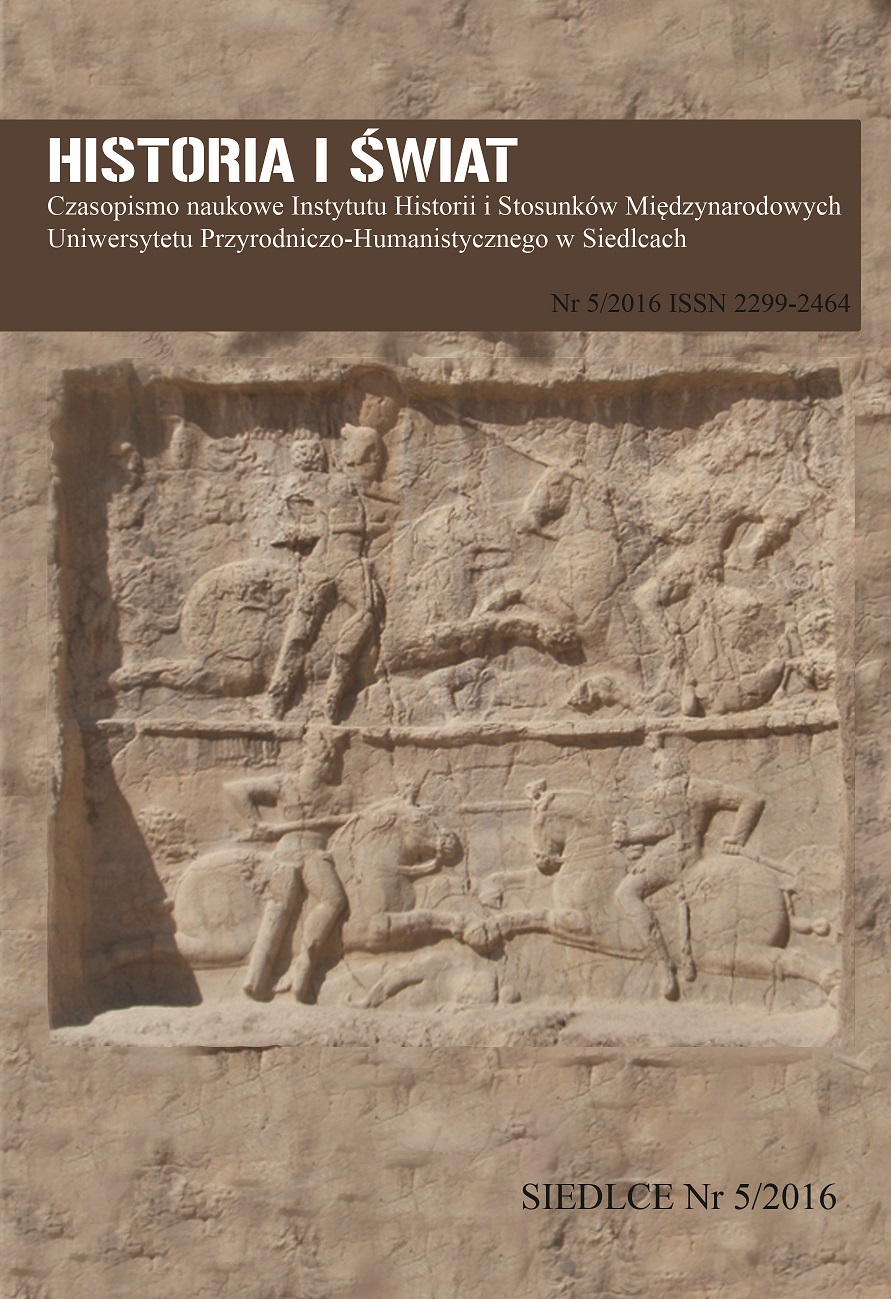Introduction to studies on late Sasanian protective armour. The Yarysh-Mardy helmet
DOI:
https://doi.org/10.34739/his.2016.05.05Keywords:
Helmets, Armour, Sasanian Iran, Caucasia, Central Asia, NomadsAbstract
The article discusses a helmet found in 1968 in a mountainous village of Yarysh-Mardy situated on the river Argun in the north-eastern Caucasus. The helmet was often associated with the Golden Horde period, which according to the author seems highly unlikely. On the basis of a detailed comparative analysis, the author puts forward a thesis of dating the object to either the late-Sasanid or early-Islamic period, i.e. to late 6th- beginning of 8th c. AD. Specifically, it is suggested that the appearance of the helmet in the Caucasus may be attributed to the time of Byzantine-Sasanid conflicts taking place at the turn of 6th and 7th c. AD. Additionally, the article argues that in the late Sasanid period a new sub-type of helmets came into existence, namely the ones with straight spangs and ones with spiky rivets. Furthermore, it is proposed that the Yarysh-Mardy helmet bears certain correspondences to similar finds from Groningen and Bremen.
Downloads
Downloads
Published
Issue
Section
License
Copyright (c) 2016 Historia i Świat

This work is licensed under a Creative Commons Attribution-NoDerivatives 4.0 International License.




